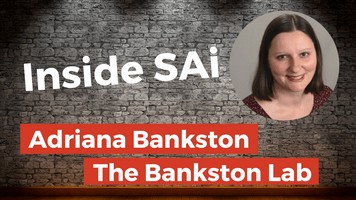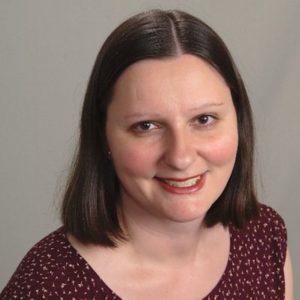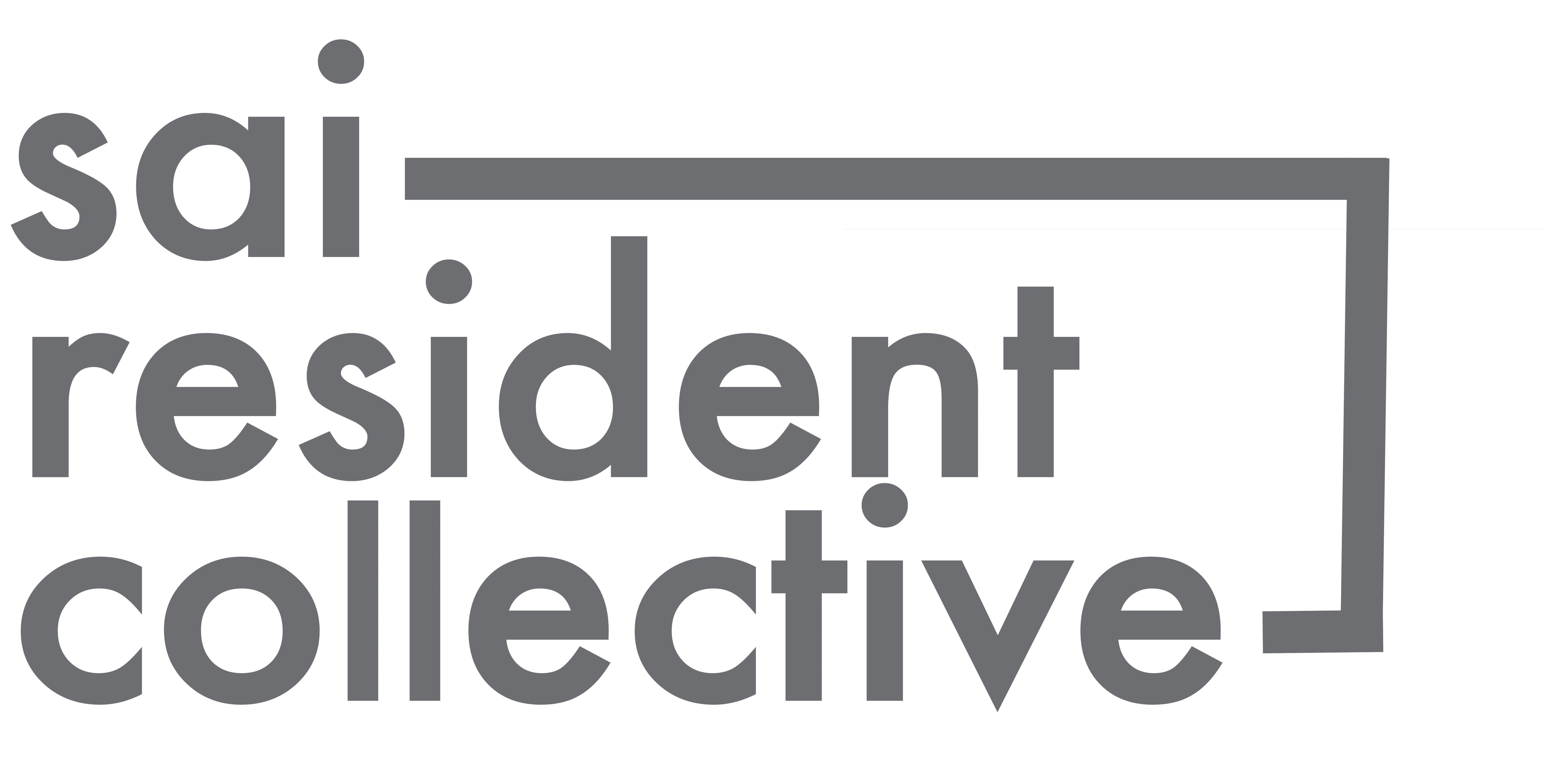- October 19, 2021
- Posted by: Ariana
- Category: Resident Stories

We’re back with another edition of Inside SAi!

This time we caught up with Senior Resident Dr. Adriana Bankston, Biomedical Workforce & Policy Research Investigator at SAi, to discuss The Bankston Lab and how it aims to cultivate the next generation workforce in science policy and advocacy through innovative and equitable research studies and training programs for early career researchers from underrepresented backgrounds.
SAi: In your own words, what is the Bankston Lab? How does it make a difference?
AB: The Bankston Lab at the STEM Advocacy Institute (SAi) aims to strengthen the connection between science and society through science policy and provide opportunities for early-career researchers from underrepresented backgrounds to contribute to the science-policy workforce. We aim to conduct research studies on the current state of science policy and advocacy training in universities, establish a training hub for workforce development in science policy, and increase participation in the field from students of underrepresented backgrounds. One current area of focus for the Bankston Lab is developing training and resources for undergraduate students interested in science policy careers and facilitating their transition into the field through several different mechanisms.
SAi: How did this idea come to mind?
AB: Dr. Bankston is a science policy professional with a strong interest in empowering early-career scientists to impact society with their talents. Engaging in science policy is a powerful way for the next generation to influence policy issues they care about. Through Dr. Bankston’s experiences in science policy over the past several years, it became apparent that the field still excludes trainees from specific backgrounds at all levels of education and workforce development. One of the motivations for starting the Bankston Lab was to make science policy more inclusive and expand pathways into the field for interested students who may otherwise have limited opportunities.
SAi: What was the process like creating this platform?
AB: After discussions with various individuals and organizations interested in science policy for undergraduate students, the idea for the Bankston Lab was developed to increase knowledge in this area and fill a large gap in the field for underrepresented students. Given the focus of SAi on expanding pathways of access between science and society and its track record of success with programs that provide such opportunities for students, developing a science policy branch of SAi was a natural next step. With Dr. Bankston’s entrepreneurial interests and desires to build new directions in science policy, the Bankston Lab provided the opportunity to design what the future of the field could look like for underrepresented groups.
SAi: How does the Bankston Lab stand out from other platforms/efforts? What makes it unique?
AB: The Bankston Lab seeks to grow the science policy branch of SAi and develop SAi’s portfolio in the field to establish the organization as an essential player in this space. At the same time, SAi is well-positioned to fill a significant gap in the field through innovative approaches in programming that are uniquely focused on students from underrepresented backgrounds and develop the next generation workforce in science policy based on already successful avenues used by the organization in other areas.
SAi: What’s coming up in the immediate future for the Bankston Lab? What efforts are you working on now?
AB: We are currently working on a landscape publication examining science policy training for undergraduate students, with a call to action for universities to develop and expand such opportunities more widely. In the future, we are also planning to offer some programming for undergraduate students interested in science policy careers by partnering with relevant organizations. Finally, we seek to increase engagement in science policy and advocacy from undergraduate students in underrepresented backgrounds by performing targeted outreach to specific universities and nonprofits.
SAi: How has SAi helped you during this process?
AB: SAi has provided a platform for the Bankston Lab to experiment on and develop new ideas in science policy and fill a much-needed gap for students from underrepresented backgrounds. We are now in the early stages of this development, which will undoubtedly prove to be an exciting project that we hope to continue growing as we expand SAi’s capabilities to build a better, more inclusive future for the science-policy workforce and field as a whole.
SAi: What advice do you have for others looking to break into the field?
AB: I would advise undergraduate students to take charge of their careers and seek opportunities early on for engaging in specific areas of science policy that they are passionate about. They should perform informational interviews with science policy professionals who hold positions they might be interested in down the road and get involved in activities that harness their passion for the kind of policy change they want to make in society.
SAi: If others have more questions, where can they find/contact you?
AB: I’m always happy to talk with students interested in science policy careers and share advice from my career path in the field. Feel free to connect with me on LinkedIn or Twitter @AdrianaBankston. You can also find out more about my background on my website.
We are so proud of each SAi member that comes into our incubator. Their work to build programs and projects that create an impact greater than ever thought imaginable.
Please tune in next as we highlight the work of another SAi resident for others to gain insights as well as connect to the interdisciplinary worlds of STEM engagement, outreach, communication, and education. Check out the profiles that you’ve missed as well!

